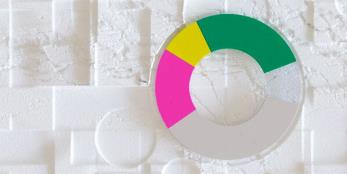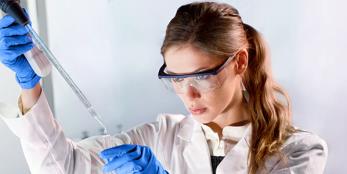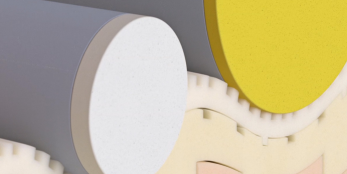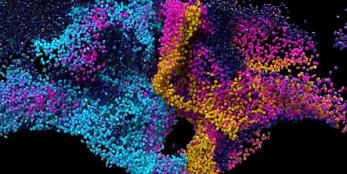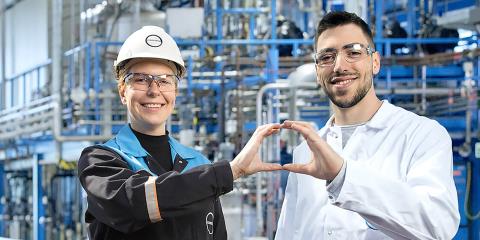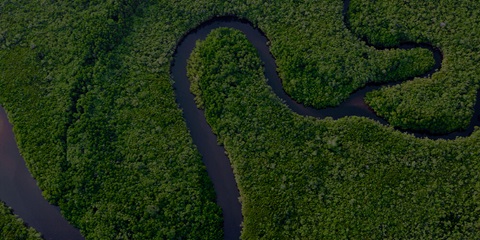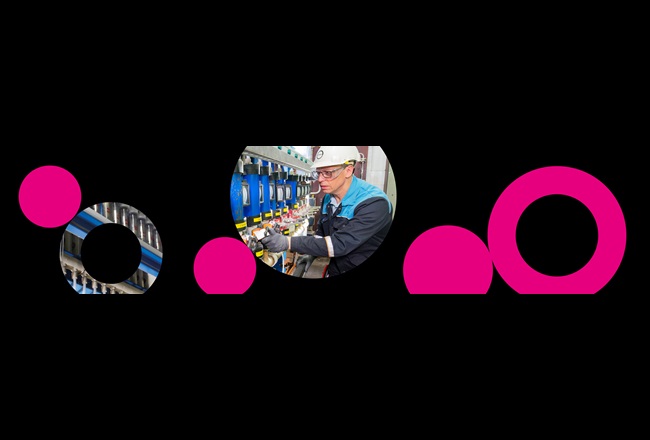
One Volt Less, A Giant Leap for Sustainability
Reimagining chlorine production
The ODC technology requires just two volts of electricity instead of the conventional three – a small change with monumental impact. By feeding oxygen to the cathode, hydrogen formation is eliminated, resulting in the production of only chlorine and sodium hydroxide. To put this into perspective: if Germany's entire chlorine production (an annual capacity of about five million tons) adopted this method, it would prevent 2.5 million tons of CO2 emissions each year. Moreover, it could save approximately one percent of Germany's total energy consumption – equivalent to the entire energy usage of a city like Cologne.
Innovative chlorine production: From Leverkusen to Tarragona
From Leverkusen to the world: In Tarragona, Covestro has been operating the world's first large-scale plant for chlorine production based on ODC technology since 2023. Chlorine is used there, among other things, for the production of MDI, a precursor for the rigid foam plastic polyurethane, which is used, for example, in insulation materials and refrigeration equipment. In addition, Covestro has been successfully using the sustainable ODC process in a plant at the Krefeld-Uerdingen site since 2011.


